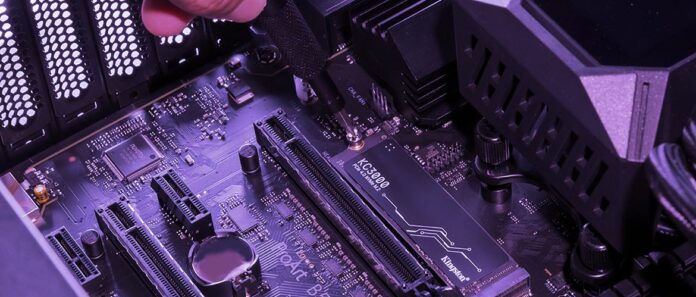Gamers and performance-enthusiasts will want to choose the highest-performance model compatible with their motherboard when purchasing a new M.2 SSD. However, if they do not use it in the correct slot, the SSD drives will not be able to operate at full performance.
Today’s mid-range and high-end motherboards are offered to users with multiple M.2 SSD slots. Although they may look the same at first glance, these slots may have different speeds and M.2 SSD support. Also, only high-end motherboards and processors support running all M.2 slots at the same time at the highest speeds.
Especially users who have purchased a high-speed PCIe 4.0 or PCIe 5.0 SSD should make sure to install their drives in the compatible slot for maximum performance.
The highest bandwidth slot is usually the one closest to the CPU, but check your user manual or product support pages to be sure.

So what are the differences between M.2 slots?
Depending on the motherboard model or the period it was purchased, the M.2 slots on the motherboard may support different transfer speeds and different types of SSDs. A motherboard with an H97 or Z97 chipset purchased 10 years ago has M.2 slots with AHCI or SATA support. Later, with updates, some models have NVMe support.
Motherboards that are 5 years old or newer are mostly offered with NVMe-supported M.2 sockets. In order to keep up with the ever-evolving SSD technology, manufacturers offer motherboards that include PCIe 3.0, PCIe 4.0 and PCIe 5.0- supported M.2 sockets. In this way, it is aimed for systems that will be used for many years to support new storage technologies.
If a user buys the latest motherboard and plans to reach speeds of 14,000 MB/s with a new PCIe 5.0 SSD drive, they will be able to achieve transfer speeds of 7,000 MB/s if they plug the drive into a PCIe 4.0 slot, and 3,500 MB/s if they plug it into a PCIe 3.0 slot.
Similarly, users who plug high-performance PCIe 4.0 SSD drives such as the Samsung 990 Pro or Kingston KC3000 into a PCIe 3.0 slot will only be able to run them at 3,500 MB/s.
Another mistake is to use PCIe 4.0 or PCIe 5.0 slots with PCIe 3.0 SSD drives. The drives will continue to operate with the 3,500 MB/s transfer speeds allowed by the PCIe 3.0 interface. Therefore, it would be best to use M.2 SSD drives in the appropriate slots.
Before purchasing a new SSD drive, users can find SSD solutions that are fully compatible with their systems on resolutionnotes.com using the Memory Search Engine and live support service.


